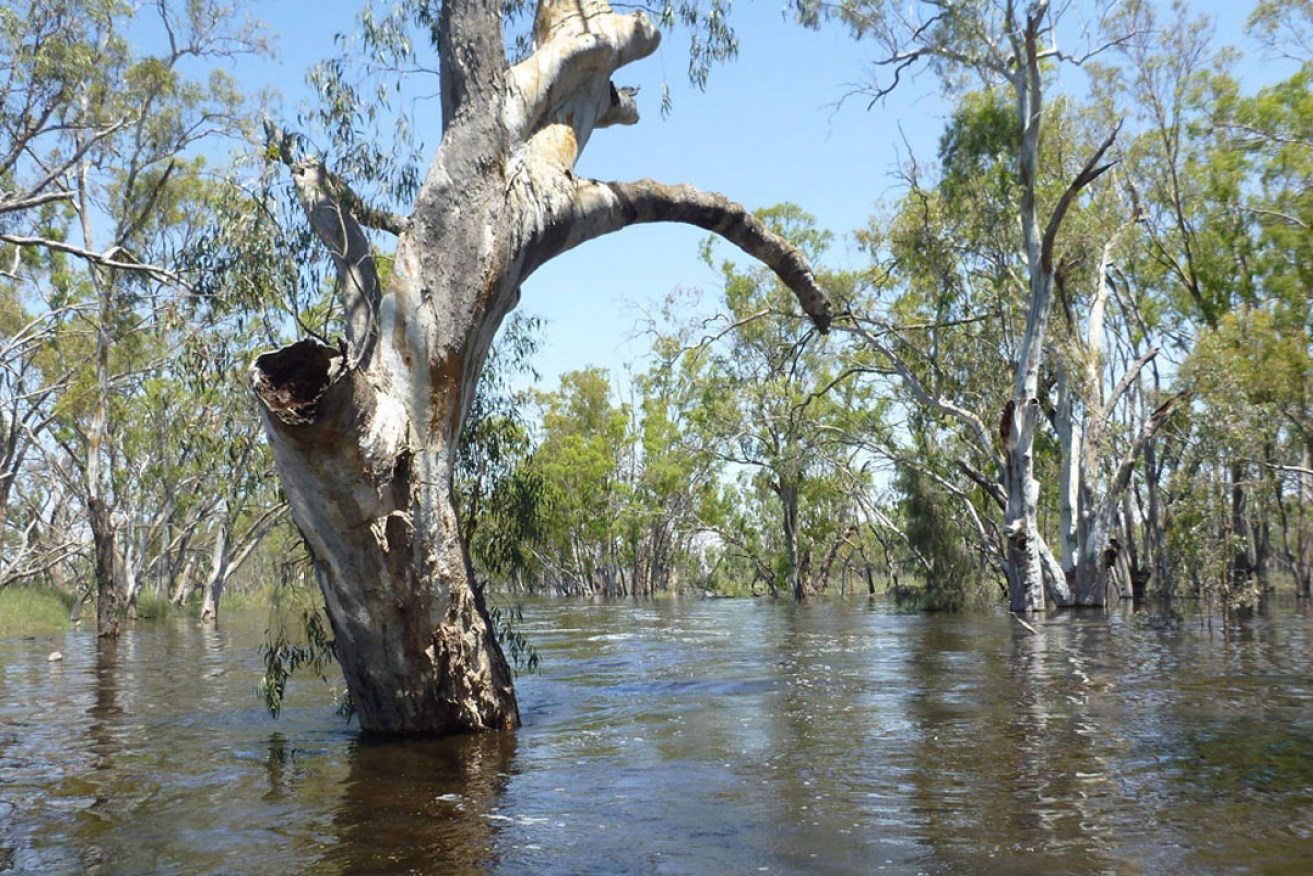Declining biodiversity drives SA environmental woes
The Environment Protection Authority SA’s latest State of the Environment Report says declining biodiversity is one of the biggest threats to South Australia’s environment.


An Environment Protection Authority report highlights risks for the state's biodiversity. Photo: Department of Environment, Water and Natural Resources.
The EPA says 41.6 per cent of native flora and 44.1 per cent of native fauna species are in decline across the state.
Dr Daniel Rogers, an advisor on biodiversity at the Department for Environment and Water, said the decline in native biodiversity in the state is in line with national and global trends.
“The key drivers of this decline are land-use change and habitat clearance, invasive species, and the impacts of a changing climate. These drivers also interact, amplifying their effects,” he said.
The estimated cost of reversing the decline of biodiversity in South Australia and restoring landscapes to ecologically functional levels would be $400 million annually, according to a report from the Biodiversity Council.
While the state government is currently developing a Biodiversity Act to assist in conservation, EPA SA board member Cathy Cooper said not enough has been done.
“Plans and actions have not delivered improvements at a scale and speed sufficient to address these impacts,” she said.
“South Australia has taken leadership in reducing greenhouse gas emissions through renewable energy generation, progressing a circular economy through resource recovery and removing a range of plastics from the waste stream.
“However… for some areas, particularly climate change impacts and biodiversity, the trends continue to get worse.”
The EPA report identified several major impacts on biodiversity, including plastics, increased regional tourism due to Covid, and population growth.
South Australia’s plastic recycling rate is currently at just 28 per cent, though the state is a leader in addressing environmental impacts from plastics, including through the container deposit scheme and single-use plastic ban.
The Department for Trade and Investment has estimated Greater Adelaide’s population will grow by up to 670,000 people in the next 30 years, meaning native vegetation will continue to be removed to make way for housing.
Professor Hugh Possingham of the University of Queensland provided an independent expert opinion to the report, recommending that biodiversity monitoring and research be more focussed.
As of September 2023, South Australia had no explicit goals or targets for biodiversity or reporting, with the EPA report recommending environmental reporting for South Australia be reviewed and improved.
The last State of Environment Report, delivered in 2018 before the change of government, recommended the state government develop a biodiversity action plan to prioritise conservation efforts.
Since this recommendation, neither subsequent liberal nor labor governments have acted on this recommendation from the EPA.
The Biodiversity Act, which is currently open for public consultation, will combine already existing legislation in the Native Vegetation Act, National Parks and Wildlife Act, and the Landscape South Australia Act.




